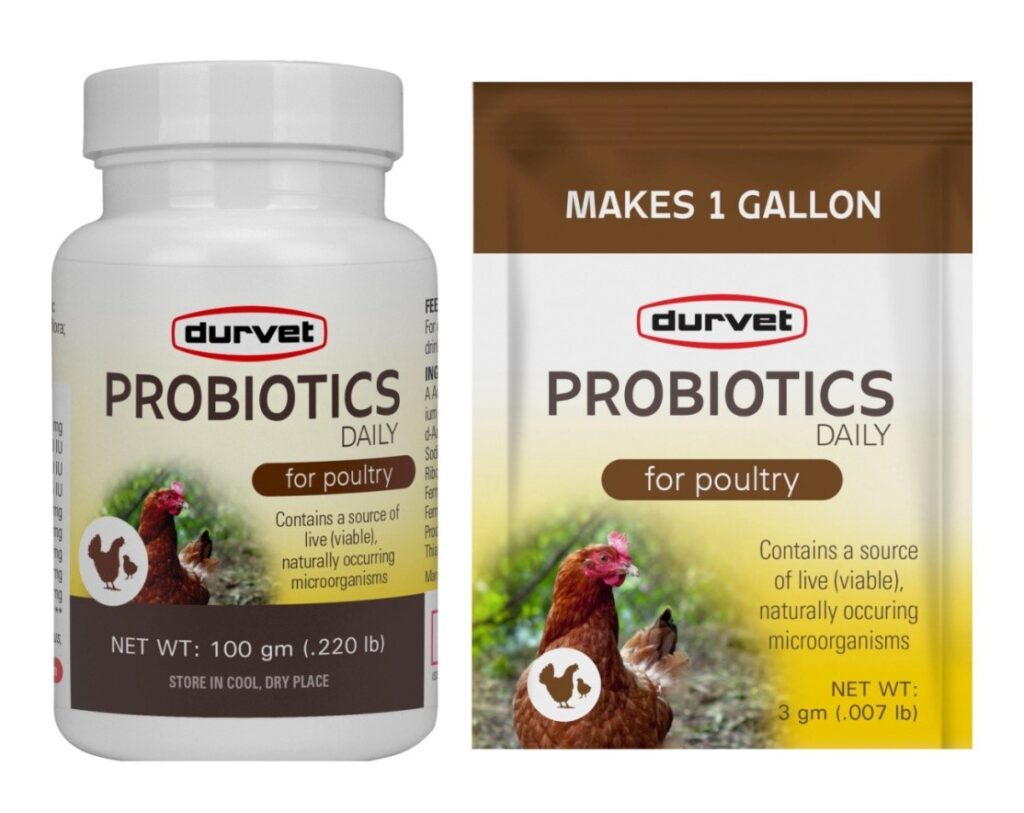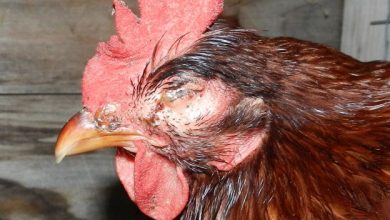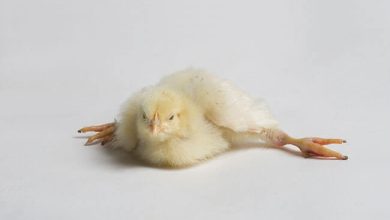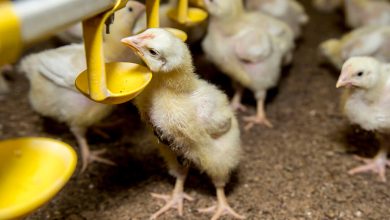Gut health in poultry : A comprehensive outlook

Deeksha Bharti 1*, Akshay Kumar2
1. Division of Veterinary Medicine , G.B.P.U.A & T , Pantnagar (Uttarakhand)
2. Division of Veterinary Surgery and Radiology , IVRI Bareilly
Introduction
The demand for poultry products has grown steadily in recent decennary. Modern poultry operations have withstood dramatic changes in production practices over the last 50 years. Amid traditional livestock species, poultry are the utmost efficient feed converters, with a feed conversion ratio in the range of 1.6–2.0 .. Over the last 10 years, the expression ‘gut health’ has entered the communal consciousness of poultry industries and research organizations .
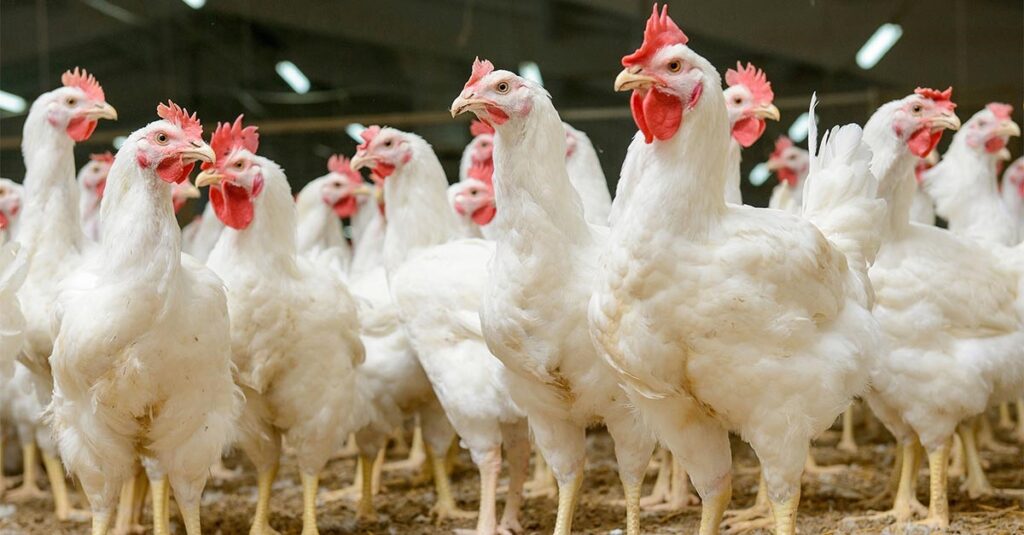
The intestinal tract of a bird is a functional tube that starts at the beak and ends in the cloaca. The primary function of the gut is the conversion and digestion of food into its basic elements for absorption and utilization by the bird. The gut is separated into five well defined regions i.e the crop, proventriculus, gizzard, small intestine (duodenum, jejunum and ileum) and large intestine (ceca, colon and rectum). Each of these regions plays pivotal role in the digestion process and absorption of nutrients.
What is gut health ?
Within the scientific literature, there has been an rampant increase in the use of ‘gut health’, ‘intestinal health’, ‘enteric health’ or similar terms, and great interest in the development of this concept. Gut health is an abstruse and convoluted area combining nutrition, microbiology, immunology and physiology and has a key role to play in poultry. A healthy gastrointestinal system can aid poultry to achieve optimal production of meat or eggs. The gastrointestinal system for poultry has two foremost functions: digestion & absorption and immunity. Gut health reckon on the effective maintenance of the intricate balance between the host, the intestinal microbiota, the intestinal environment and dietary compounds. This balance can be notably affected by factors such as bird management, feed quality and the birds’ environment.
When gut health is optimal, there is thorough digestion of the feed and absorption of the nutrient components. If there is a severance to the normal processes in the gut, incomplete digestion and absorption of nutrients can occur, leading to malabsorption and gut imbalance. Any disparity in the gut environment will leads to gut health at risk of being compromised which can impact the health and production performance of the poultry. Hippocrates believed that ‘all disease begins in the gut’ and ‘death sits in the bowel’. Poultry live in environments full of microbes where every day they are exposed to multitude of potentially pathogenic organisms through the air, water and food they consume, and through contamination of poultry house and pen mates.
The Significance of Chicken Gastrointestinal Microbiota
The gastrointestinal compartments of chickens are populated with complex microbial communities (Bacteria, fungi, Archaea, protozoa, and virus) but the predominant one is bacteria. Microbial colonisation of the gastrointestinal tract of newly hatched chicks commences at hatch, seeded from the immediate hatching environment, and quickly results in dense colonisation. Different bacterial species have different substrate preferences and different growth requirements therefore the chemical composition of the digesta, to a large extent, determines the compositions of the microbial community in the GI tract. There is also notable diversity in bacterial populations among different parts of the GI tract and population densities tend to increase from the proximal to distal GI tract Selective culture-based techniques have been used to identify and characterize the microbial diversity of the avian gut. The poultry intestinal microbiota has evolved into its present form incorporating many different communities from the environment and the animals and humans they contact. The practices of commercial poultry production expose newly hatched chicks to microbes from the hatchery environment, from human handlers, transport boxes, and transport vehicles, prior to arrival at the farm. This process is typically carried out in the first days of life, during the period when there is a rapid increase in bacterial diversity and load in the gut.
The gut microbiota can form a protective barrier by attaching to the epithelial walls of the enterocyte and thus reduce the opportunity for the colonization of pathogenic bacteria. These bacteria produces vitamins (e.g., vitamin K and vitamin B groups), short chain fatty acids (acetic acid, butyric acid and propionic acid), organic acids (e.g., lactic acid) and antimicrobial compounds (e.g., bacteriocins), lower triglyceride, and induce non-pathogenic immune responses, which provide both nutrition and protection for the animal .
Methods for improving gut health in poultry
1. Probiotics
Probiotics also accredited as direct-fed microbial (DFM).Probiotics are live microbial feed supplements, which profitably affect the host animal by improving its intestinal microbial balance. Probiotics effectively increase the normal microbiota population by the selective exclusion of specific pathogenic microbes in the gut. Probiotics help in improving poultry health and production by competitive exclusion of microrbes , maintaining integrity of epithelial barrier, nutrient transfer and by enhancing enteric immunity. Common probiotics used in poultry are as follows Bacillus subtilis, Bifidobacterium spp and Lactobacillus spp. An ideal probiotic should be of host origin, non-pathogenic, resist gut conditions (acidic pH conditions), produce antimicrobial compounds, improve commensal bacteria growth, modulate immune response, improve performance of an animal.
2. Prebiotics
Prebotics are non-digestible feed ingredients that are accountable for modifying the composition and metabolism of gut microbiota selectively. Prebiotics has the ability to increase the number of bifidobacteria and other species that affect the health of host positively.The β-glucan fed birds were found to have anti-Salmonella property by increasing the IgA-secreting cells, IgG level, and goblet cells causing immunomodulation to help birds boost immunity during Salmonella challenge.
3. Organic acids
Organic acids are the normal constituents of the plant and animal tissues. It includes acids such as lactate, acetate, propionate, butyrate, tannic, fumaric, and caprylic acids, among others. These acids play a beneficial role in the gut health and performance of birds. The organic acid is also produced in the host gut after fermentation of carbohydrates, especially in the ceca of birds where the microbial population and diversity is at its highest level. Feeding organic acids may result in improved body weight gains and feed conversion ratio. A good range of organic acids with variable physical and chemical properties are available for poultry, for usage in water or feed. They are either available as single product or in combination. Recently there is more awareness and the industry prefers to use protected (encapsulated) organic acids as they have the advantage of sustained and targeted release in addition to reduced odour issues. Supplementation of organic acids can modify enteric bacterial population, so it is recommended to use it along with probiotics.
4. Exogenous enzymes
Enzymes are specialized proteins that catalyze or accelerate the chemical reaction. Enzyme usage is quite important for poultry as feed contains corn and soya which have some anti-nutritional factors and enzyme inhibitors. To reduce production cost, there is a tendency to use non-conventional feed raw materials.. Enzyme supplementation reduces the pollutant potential of excreta. Enzymes also modulate the intestinal microbiota.Commonly used exogenous enzymes in poultry diets are β-glucanase, xylanase, amylase, α-galactosidase, protease, lipase, and phytase.The role of exogenous enzymes is to fulfill the absence of endogenous enzymes, to counter the anti-nutritional factors present in conventional and unconventional poultry diet.
5. Essential oils (EOs)
EOs are extracted from plant flowers, leaves, stems, roots, seeds or fruits by steam distillation, extrusion or solvent extraction [3]. The major component of many EOs are phenolic compounds (terpenoids and phenylpropanoids) such as thymol, carvacrol and eugenol. The in vitro minimum inhibitory concentration assay showed strong antibacterial activity of the EO product, thymol and carvacrol against pathogenic Escherichia coli, C. perfringens and Salmonella strains and weak activity towards beneficial Lactobacillus strains.Therefore, EOs are receiving increasing attention as potential antibiotic growth promotor alternatives in animal production.
6. Bacteriophages
Bacteriophages are viruses that infect and utilizes bacterial resources for their own reproduction. They are very common in all environments and have a high specificity rate for bacteria at infection. Bacteriophages are specific for particular type of bacteria, and phage therapy is considered as a very safe and effective in comparison to antibiotics partially because they infect one species, serotype or strain. This mechanism of action does not inhibit the proliferation of commensal flora of intestinal. Most research works have conveyed the efficacy of bacteriophages in reducing bacterial count and in the control of bacterial count and in the control of bacterial infections in poultry, which are zoonotic and have a substantial impact on public health.
Conclusion
Chickens’ early lives present important constraints, with gastrointestinal health being among the key factors determining overall productivity of poultry sector. Maintaining the balance of quality gut health is a key point of getting the best growth and FCR out of any food producing animal. An integrated approach should be followed to attain the goal of gut health in poultry and ultimately the health status to improve the production performance in poultry.



